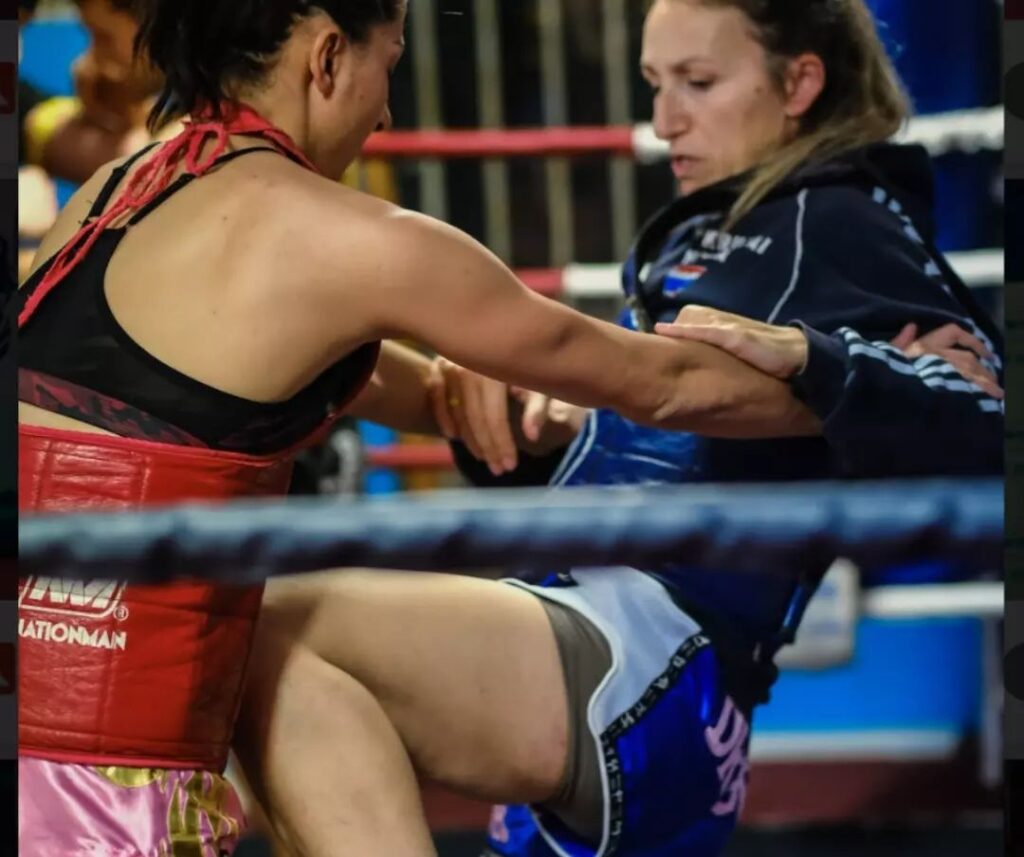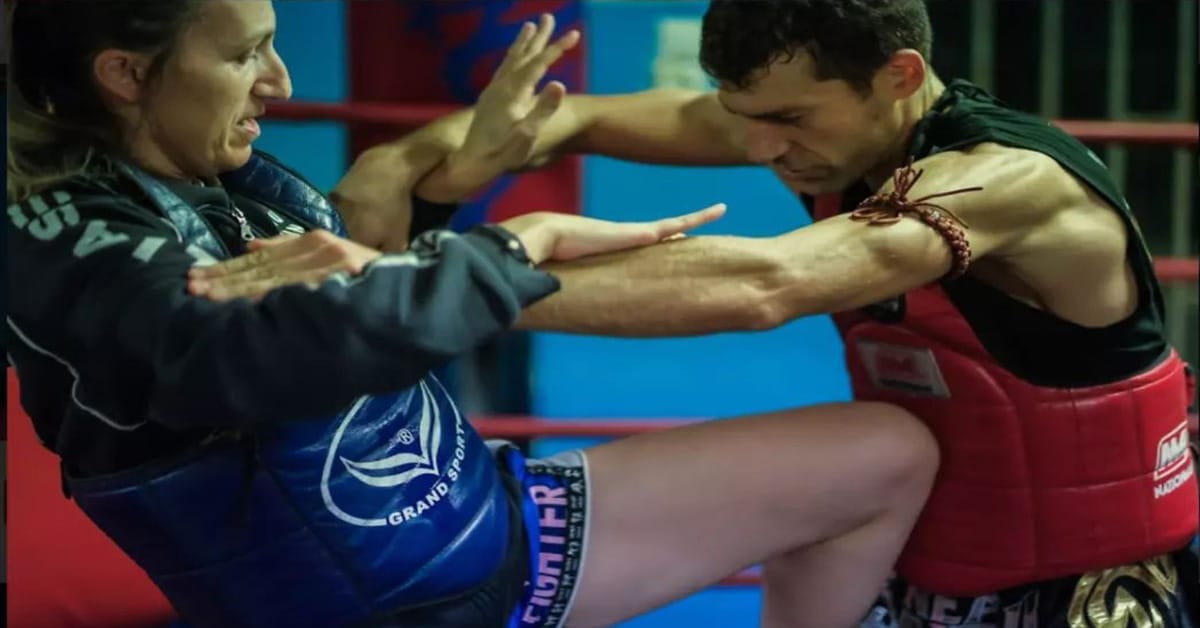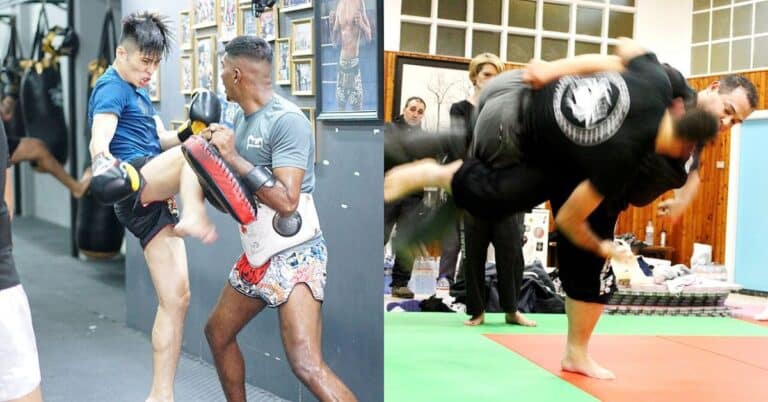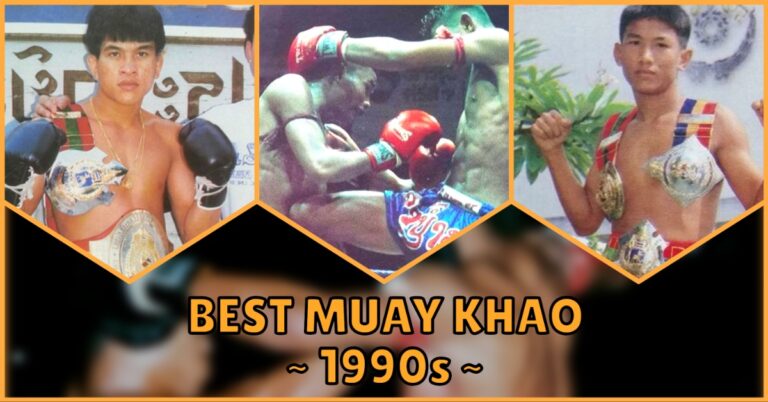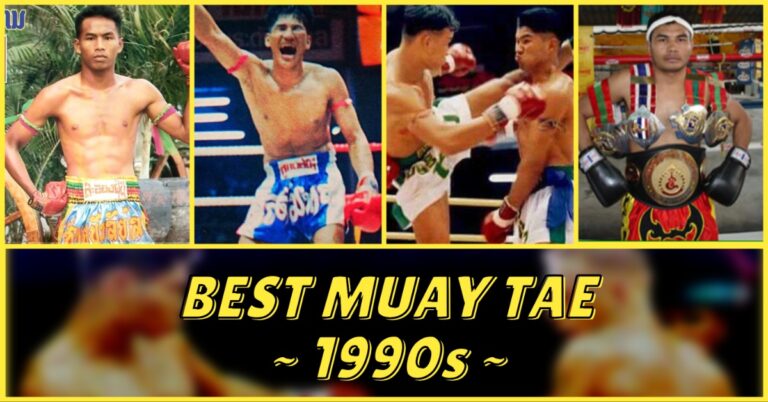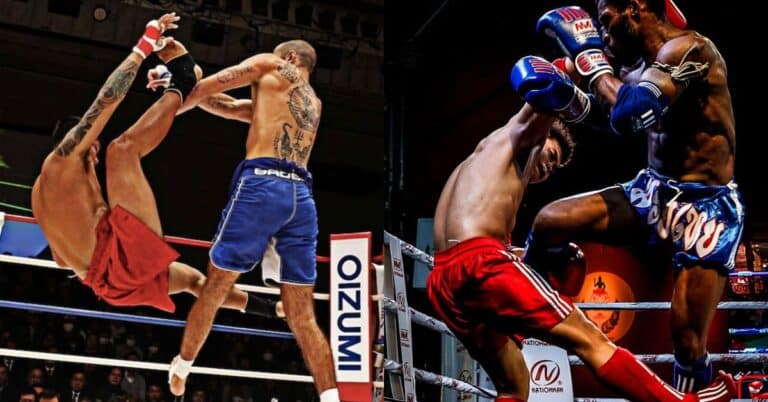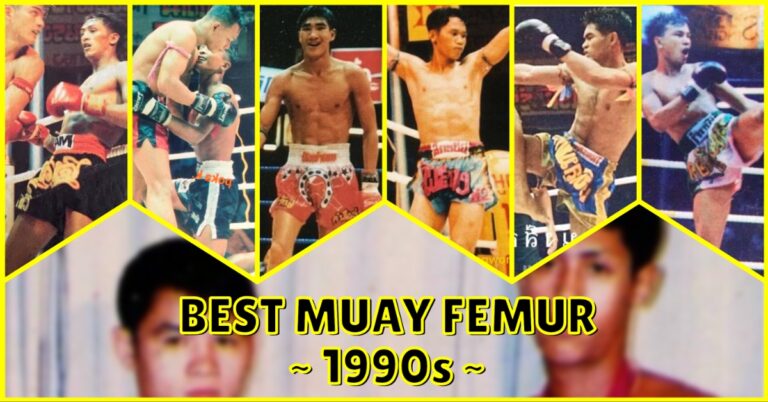Muay Plam – The Clincher
Muay Thai boxing has gained significant popularity throughout the world of combat sports over the past decade due to its combination of devastating violence, atmosphere and traditions. The athletes are known for their skill in the art of eight limbs using punches, knees, elbows and kicks to great effect.
While typically known as a top-tier striking sport the utilization of grappling plays an ever-present part in Muay Thai in the form of “the clinch” where fighters control the upper part of their opponent’s bodies manipulating their weight and balance in order to set up devastating knees and elbows or counter with high scoring sweeps. Muay Plam, this hybridized style of grappling and striking while being a huge part of modern Muay Thai has its roots firmly planted in ancient traditions and Muay Thai’s predecessor Muay Boran.
Muay Plam which directly translates to wrestling, was initially created and showcased in rural festivals as a part of Muay Boran demonstrations across Thailand. Over the course of decades in the late 1800s and early 1900s Muay Boran slowly evolved into Muay Thai as we know it, with techniques shifting focus from demonstration to active competition. Muay Boran and Muay Plam techniques see limited use in Muay Thai rings outside of the more brutal Muay Kard Cheuk fights.
However, after the introduction of western boxing to the world of Muay Thai in the mid 1900s the prevalence of Muay Plam techniques saw a rapid decline, in part due to the implementation of standardized Muay Thai rules and the use of boxing gloves diminishing its effectiveness. These changes and the following rapid decline in popularity saw an almost complete abandonment of the Muay Plam techniques by Muay Thai trainers across Thailand.
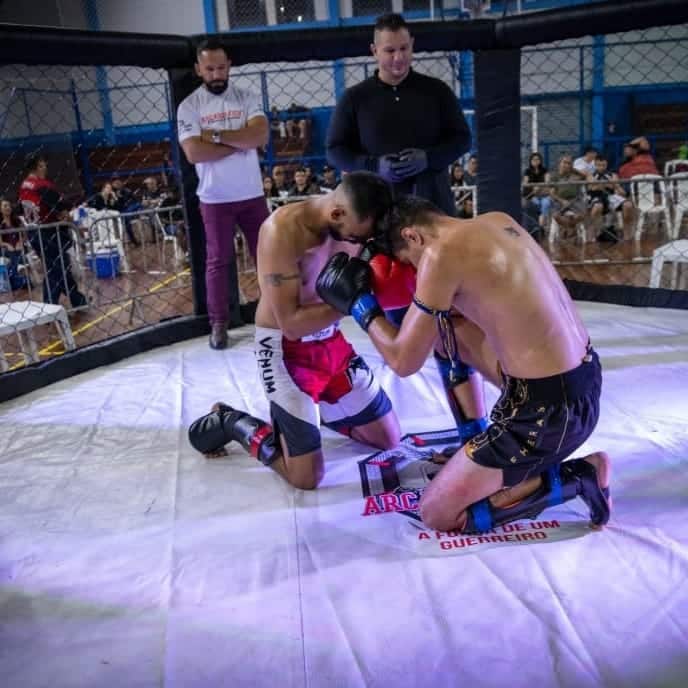
What is Muay Plam?
The principles of Muay Plam and its grappling heavy fighting style lend themselves well to violent ungloved bouts of competition with many techniques functioning less as a way to win a bout and more as a way to debilitate and damage your opponents with cited techniques such as Hak Khaen (break the arm) and Got Kho (compress the neck) certainly not having a home in the modern Muay Thai rule set.
One of the earliest mentions of Muay Plam has been dated as far back as 1351 AD with a collection of laws in the country of Thailand mentioning specifically Muay and Plam, giving at that time period a clear distinction between the two martial arts with texts outlining a visible difference in the different pre-fight rituals of each martial art aiming to help bless the fighters and promote a favorable fight outcome.
Muay Plam centers around grappling from a standing position attempting to sweep, trip or throw their opponent to the floor in a controlled but explosive manner before engaging in techniques designed to break limbs, damage ligaments, or otherwise incapacitate the foe in an efficient a way as possible, well suited to the theorized military origins of the brutal martial art.
Muay Plam Techniques
Muay Plam focuses on throws, sweeps, chokes, strikes and joint manipulation, with the throws and sweeps of Muay Plam owning many similarities to western style wrestling many of which can be seen today in modern Olympic wrestling, Brazilian JiuJitsu, Combat Sambo and even Mixed Martial Arts for example:
- Chap Rang (Grab and Hold)
- Kod-Rad-Fad-Wiang (Hug-Bind-Sway-Hurl)
- Prakab (Join) which consists of grabbing the target in the middle of both hands
- Kao Kan Lang (Take the Back)
- Hak Gaan Kho (Break the Nape)
Where Muay Plam differs from modern grappling sports however is the perceived lack of limitations with grappling with any part of the opponent being a target for manipulation from the feet to the head even including the hair, throat and eyes seen in techniques such as Yik Hai Phracha (pinch the eyelid) or Yik Kho Hoi (pinch the pharynx)
In sharp contrast to the “no holds barred” approach to the wrestling side of Muay Plam the application of takedowns and throws vary from modern grappling with the practitioner aiming to not fall to the ground with their opponent instead choosing to keep control throughout the movement and attempting to stay standing, similarly to modern Kudo (Japanese hybrid fighting) where larger scores are awarded for remaining upright while throwing their opponent.
This however, while introducing a ruleset that seems contradictory to the brutal nature of the martial art leads to perhaps some of the more lethal throwing techniques such as Hak Salak Pek which consists of bringing an opponent to the floor rapidly, vertically, and directly onto the top of their heads potentially causing grievous damage to the skull, neck and spine.
In Muay Plam the idea of “submissions” when compared to modern combat sports varies greatly with Muay Plam focussing on a more explosive approach to holds and joint breaking techniques, aiming not to force a submission by holding a technique but to explosively torque the joint to break it as quickly as possible. While the location and specific attacks will vary Muay Plam’s joint-breaking attacks center around two types of physical manipulation:
- Hak – using an explosive lever
- Bid – using an explosive torsion
In terms of modern Mixed Martial Arts the difference of these two applications of power can be seen in the difference between an Armbar and a Kimura, with the former creating a lever at the elbow joint and the latter creating torsion at the shoulder joint.
The art of Muay Plam does not start and end at explosive joint manipulation however, with a multitude of techniques being recorded by Grandmaster Luang Wisan Darunkorn who outlined 18 different “wrestling techniques” ranging from the aforementioned Hak Khaen (break the arm) and Hak Kha (break the leg) to the more violent sounding Gat Hoo (bite the ear) and Tub Kho (pound the neck) which would indicate that while predominantly considered as a grappling martial art Muay Plam includes elements of striking moving it closer to a catch wrestling style of combat as opposed to the traditional western greco-roman inspired form of modern wrestling.
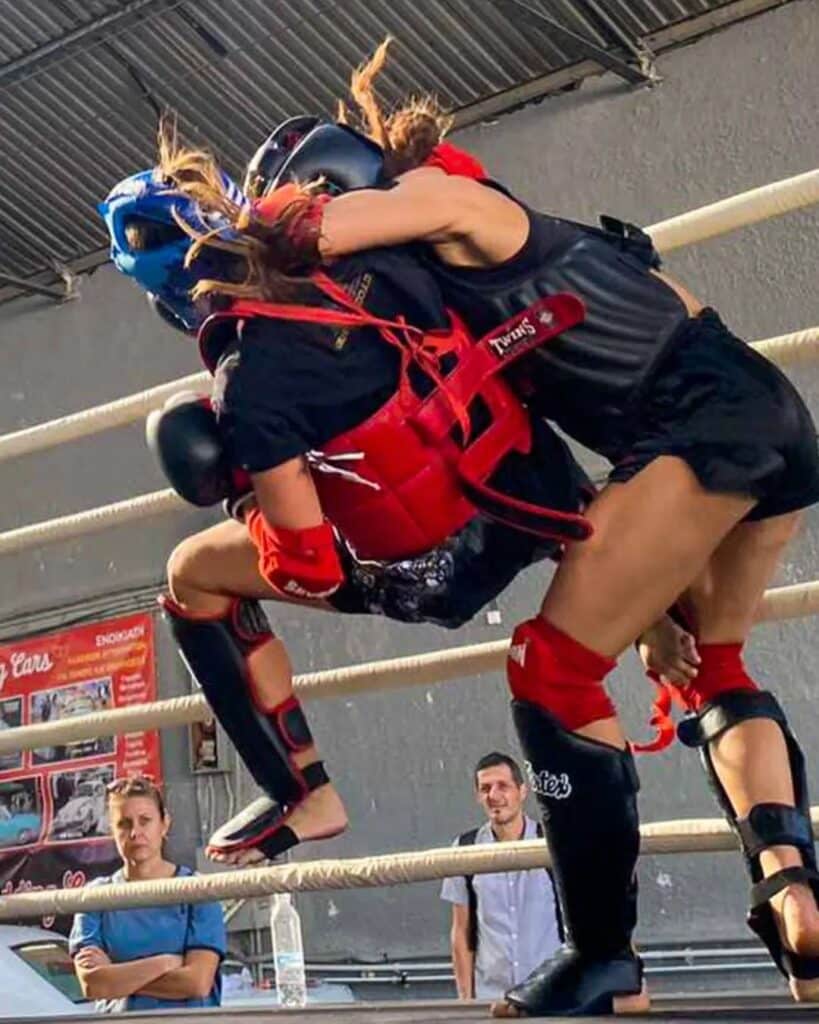
Muay Plam Today
Muay Plam as the ancient martial art it was known as has all but faded into obscurity with many schools and Muay Thai trainers not knowing of its existence. Similarly to Muay Boran, the introduction of standardized rules and protective equipment meant that the art of Muay Plam disappeared from competitive bouts, from the great Thai arenas to the smaller rural festival fights.
Muay Boran as a martial art however has remained prevalent throughout Thailand and still appears countless times a year through demonstrations and traditions it’s theorised that Muay Boran may have received support from the Royals and was granted a rank, a privilege not extended to Wrestling. It’s conceivable that, due to the limited career prospects in Wrestling, practitioners may have transitioned to Muay Boran and later into Muay Thai thus leading to the total decline in the transmission of Muay Plam from master and teacher to student.
Recent efforts by organizations such as the International Muay Boran Academy have begun to revive, recreate, and modernize the all but forgotten techniques of Muay Plam, using insights from Thai Military hand to hand combat to extrapolate on known Muay Plam techniques to create and rebuild Muay Plam for both study and practice, with experts aiming to introduce a modern adaptation of the martial art into a sporting environment much like the recent resurgence of Muay Kard Chuek fights, making it accessible to fighters from across the globe looking to learn and practice the ancient and brutal art of Muay Plam.
